Page 46
Category: News
-

FairAir gets a new look
AIRAH has released a new and improved version of its website FairAir, offering independent advice for residential air conditioning. Already well known within the industry, and referenced by consumer groups such as CHOICE, FairAir has been revamped and updated to support residents and HVAC&R technicians in selecting suitable equipment for residential cooling and heating. AIRAH […]
-
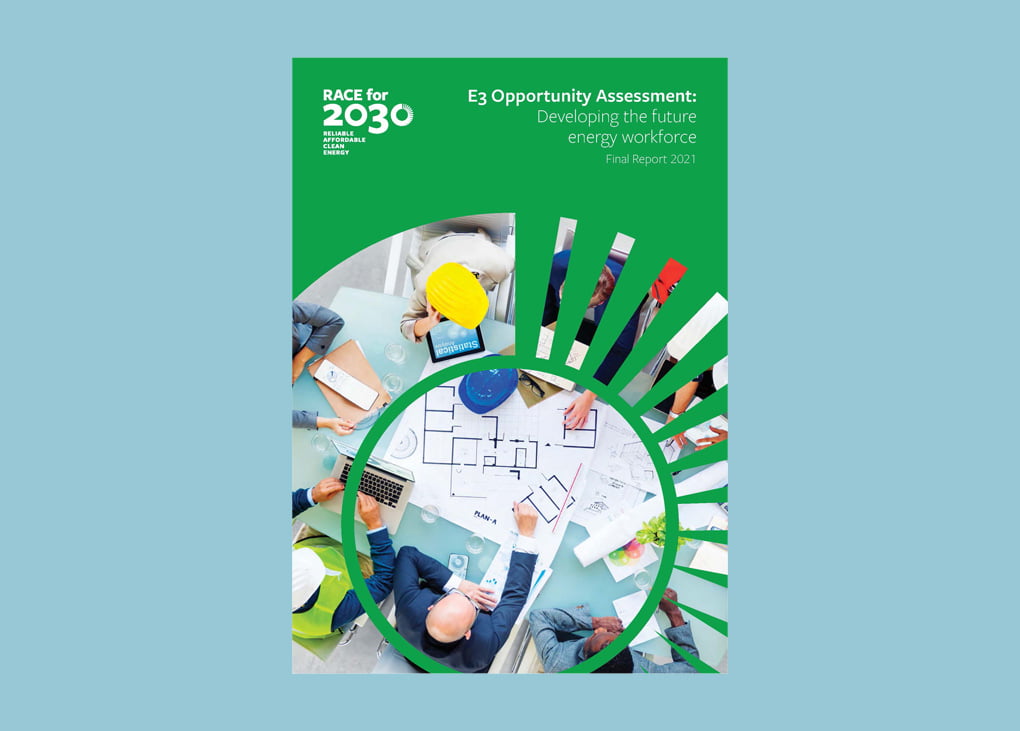
Report calls for better measures of energy sector
A new report produced by RACE for 2030 says Australia and the world need a new approach to counting employment in the energy sector. It calls for a single coordinated survey of the entire energy industry, from energy production to use, and sets out a detailed research roadmap for measuring and developing employment in the […]
-
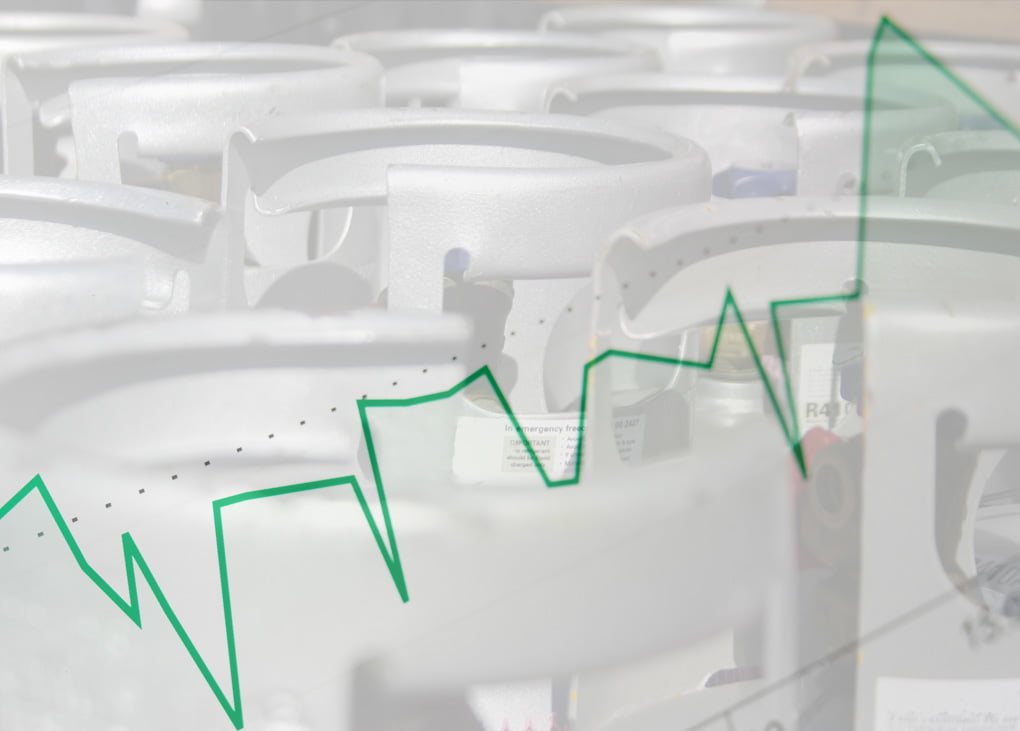
Global pressures force up refrigerant prices
A perfect storm of international forces may cause significant rises in the price of refrigerants in Australia. The first of these pressures is the US HFC phase-down, set to begin on January 1, 2022. As occurred in other markets around the world, importers and users are stocking up before restrictions begin, leading to increased demand. […]
-

Nightclub to reuse body heat to warm and cool
A Glasgow dance club and arts venue is implementing a geothermal heat pump system designed to store and reuse body heat from its patrons. A retrofit ahead of COP26 will see the venue, SWG3, implement a geothermal heat-pump system known as Bodyheat. The system is designed to suck up the heat generated by thousands of […]
-

New WHO air quality guidelines could save millions of lives
The World Health Organization (WHO) has released new guidelines for air quality in recognition of the damage air pollution inflicts on human health, at even lower concentrations than previously understood. The guidelines set maximum levels for a range of pollutants: particulate matter (as PM2.5 and PM10), ozone, nitrogen dioxide, carbon monoxide and sulfur dioxide. They […]
-
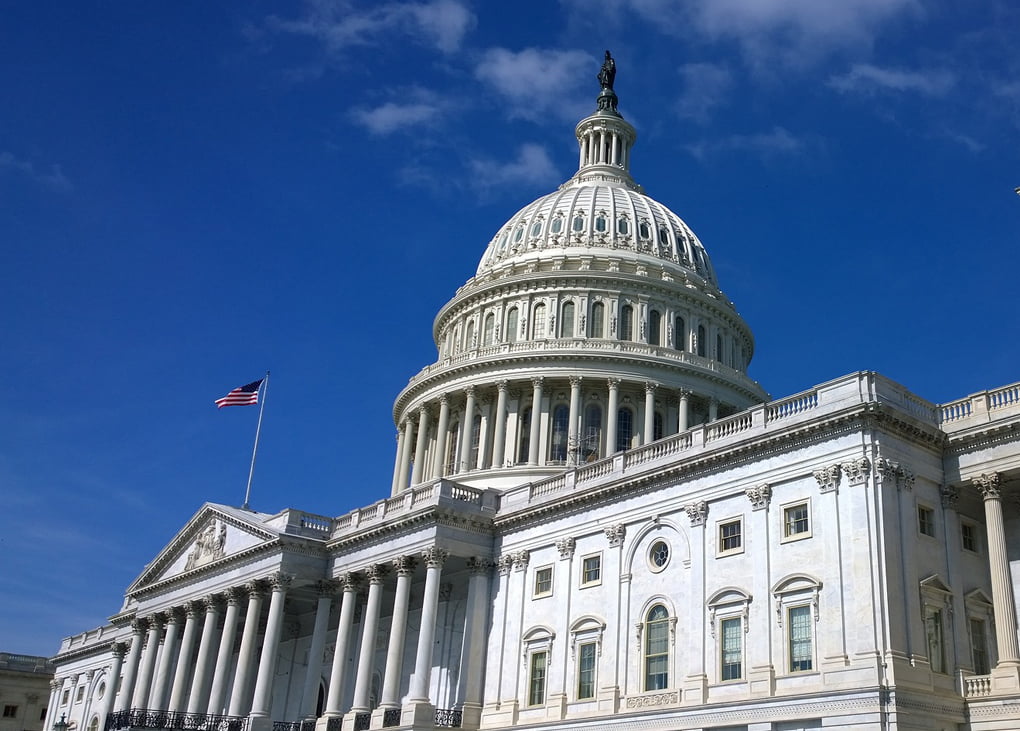
US set to cut HFCs
The Biden administration has announced the Environmental Protection Agency (EPA) will release a new rule to reduce the emissions of hydrofluorocarbons (HFCs) by 85 per cent over 15 years. The move, signalled earlier this year, will bring the USA in line with the Kigali Amendment to the Montreal Protocol, which has now been ratified by […]
-

Peak bodies call for government-endorsed guidance
A coalition of nine industry peak bodies has called for the development of credible, government-endorsed, public information regarding the airborne transmission of COVID-19 and the importance of indoor air quality. A letter addressed to the Minister for Health and Aged Care, Greg Hunt, has been signed by the Association of Consulting Architects, the Australian Institute […]
-
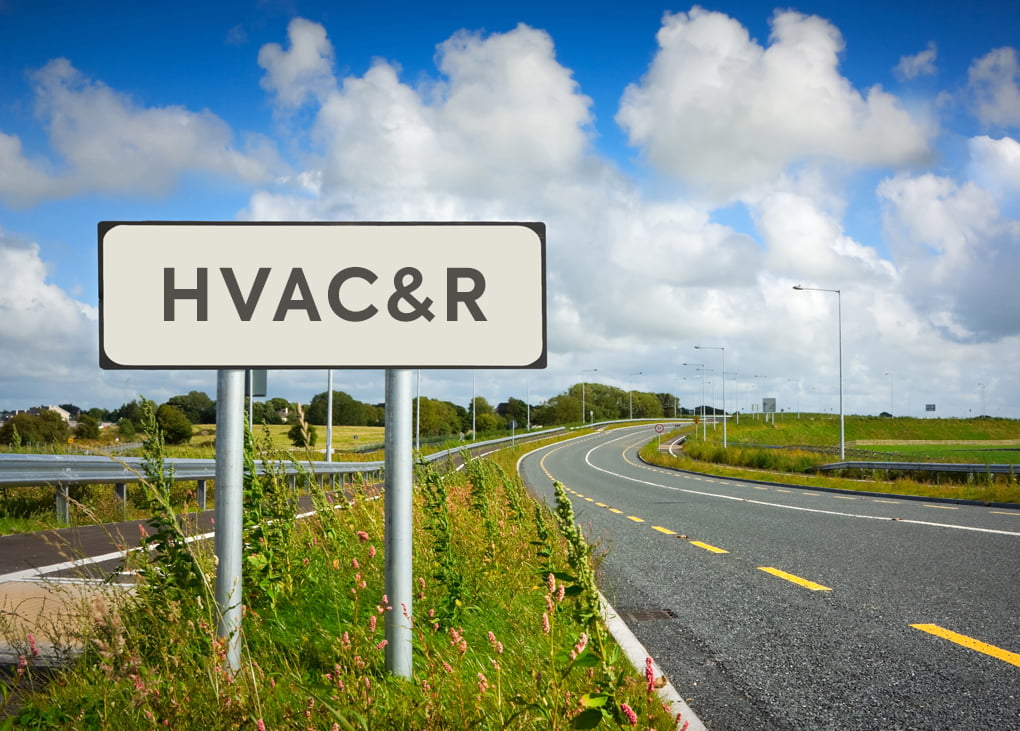
APER opens new road to professional registration
The Queensland government has approved the AIRAH Professional Engineer Register (APER) program under its Professional Engineers Act 2002. This opens a dedicated pathway for engineers working in HVAC&R and building services to be assessed and secure Registered Professional Engineer Qld (RPEQ) status. The announcement comes as states and territories roll out professional registration schemes in […]
-

Victoria invests big in school ventilation
The Victorian government has announced it will invest more than $190 million in initiatives to support a COVID-safe reopening of schools, with a focus on ventilation. Billed by the government as “the biggest investment in education ventilation in Australian history”, the initiative will see 51,000 air purification devices rolled out to all government and low-fee […]
-

New CSIRO weather files reflect changing climate
CSIRO has published predictive and typical meteorological year weather files suitable for use by building energy simulation software. For many years, building designers in Australia have faced a problem: the standard weather files for building simulation did not reflect the impacts of a changing climate, in particular summer overheating risks. This issue was highlighted in […]
-

Quantifying embodied carbon in building systems
A project involving CIBSE ANZ and AIRAH is analysing a UK methodology for calculating embodied carbon in building services, and adapting it for Australia. Embodied carbon is defined by the World Green Building Council as carbon emissions associated with materials and construction processes throughout the whole life-cycle of a building or infrastructure. This includes the […]
-

Reality TV to grow the market for sustainable homes
A new home makeover show called Renovate Or Rebuild is coming to 9Life on Monday, October 4, and represents a novel approach to growing the market for sustainable homes. If all goes according to plan, it could represent a key piece of work in Australia’s Trajectory for Low Energy Buildings. As the title suggests, the […]
-
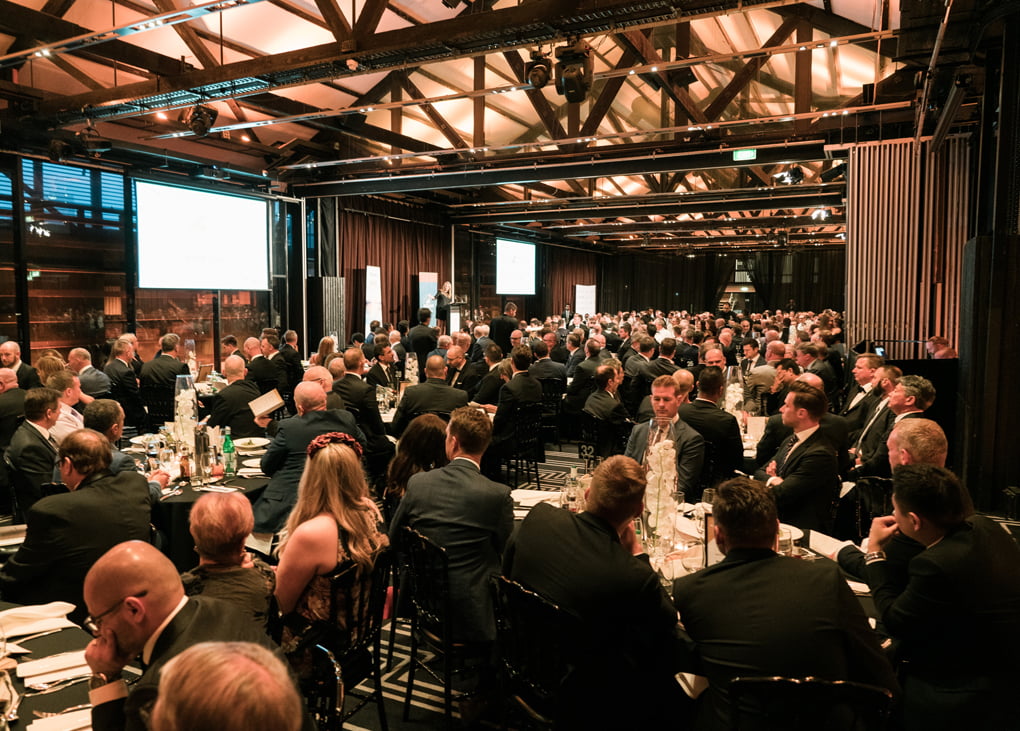
Finalists announced for AIRAH Awards 2021
AIRAH has announced the finalists for the 2021 AIRAH Awards, highlighting the leaders of the HVAC&R and building services industry across 12 categories. Due to the uncertainty around ongoing COVID-19 restrictions, AIRAH made the decision to reschedule the Awards Gala to Thursday, February 17, 2022 (to be held at Doltone House, Pyrmont Point, NSW). In […]
-
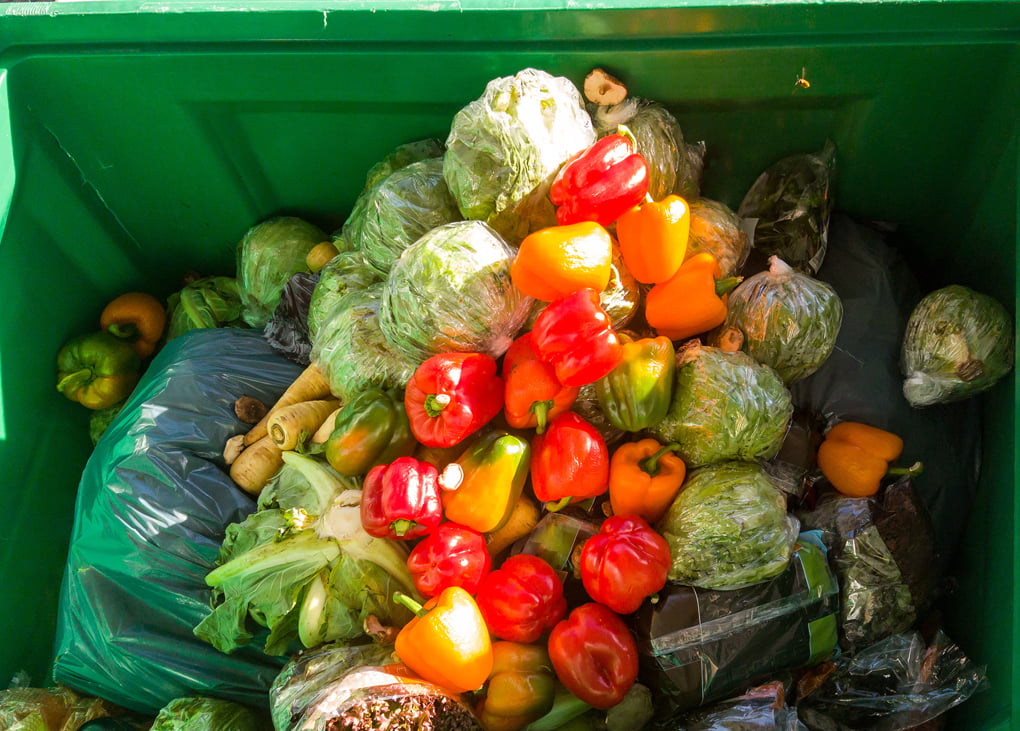
Refrigeration to help halve Australia’s food waste
A new feasibility study analyses Australia’s goal of halving food waste by 2030, and lays out the initiatives and investments that will be required to achieve the goal, including improvements to the cold food chain. Internationally, food waste is a huge issue. According to the Department of Agriculture, Water and the Environment, food waste produces […]
-

NSW launches ventilation review of public schools
As students and staff prepare for a return to face-to-face learning, the NSW government has begun a comprehensive review of ventilation in public schools. Described as a “mammoth undertaking”, it will look at 2,200 schools in the public system, which has more than 50,000 learning spaces. Minister for Education and Early Childhood Learning Sarah Mitchell […]
-
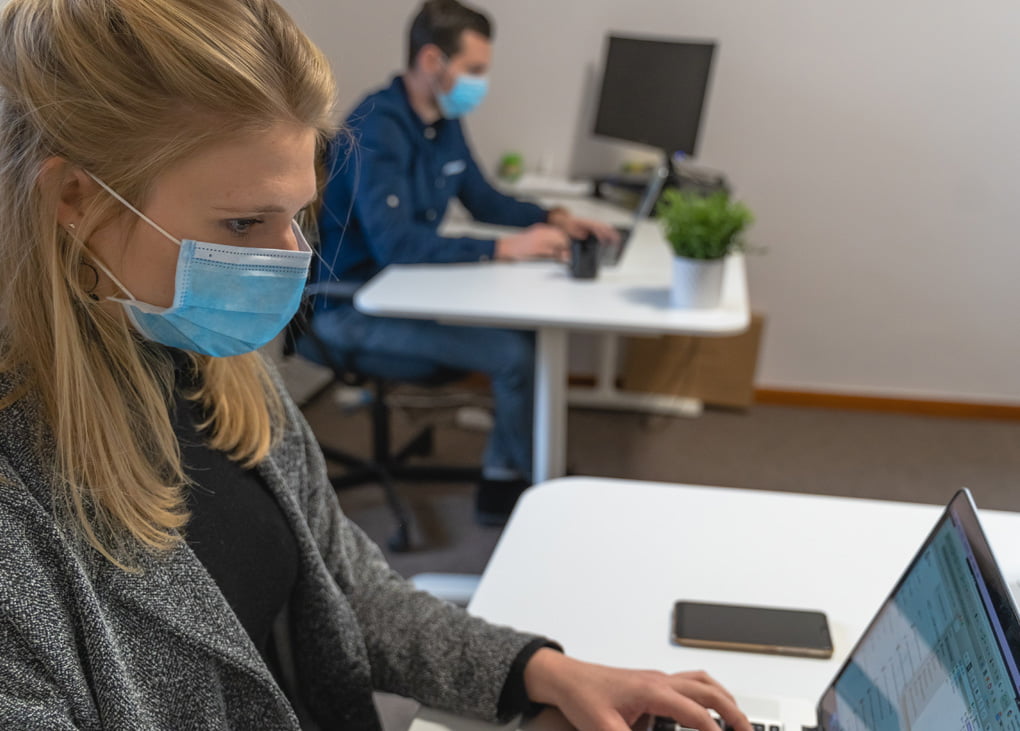
Network of Australian experts releases ventilation advice
OzSAGE, a multi-disciplinary network of Australian experts from a broad range of sectors, has issued advice on safe indoor air and ventilation to reduce the spread of COVID-19. With the airborne spread of SARS-CoV-2 now widely accepted, OzSAGE has highlighted that the most fundamental measure to eliminate the virus from indoor air is ventilation. Every […]
-

Industry awareness key to preventing suicide
Researchers at the University of South Australia (UniSA) are investigating the reasons behind the high rates of suicide in the construction sector. Construction workers are six times more likely to die from suicide than from a workplace accident. Supported by the industry body MATES in Construction and the Alison Milner Memorial Scholarship, the research will […]
-

Workplace amenities creating barriers for women
A new report titled Nowhere to go has highlighted the issues women in the trade sector face finding workplace amenities. The report highlights that women in male-dominated industries are often provided with inadequate amenities. “Ensuring workplace amenities and in particular, workplace toilets, are regularly serviced, accessible, suitable, and open should be a priority for every […]
-
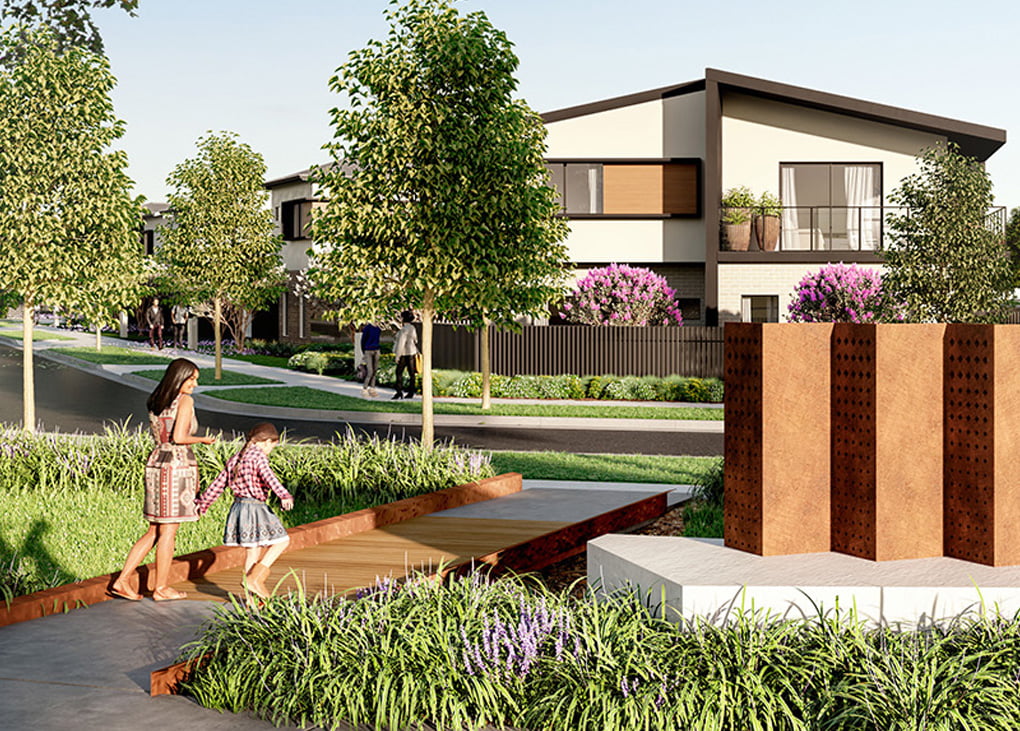
Home building industry urged to adopt green certification system
The Green Building Council of Australia (GBCA) is calling on the volume home building industry to adopt the Green Star Homes Standard certification system now, ahead of a planned consumer release in 2022. “The Green Star Homes Standard is a game-changer that will bring more liveable, marketable, climate-positive new homes within reach of everyday Australians,” […]
-

E-waste program could include HVAC&R equipment
The Department of Agriculture, Water and the Environment is running a work program to better understand e-waste in Australia and identify potential e-stewardship opportunities. Although electronic waste is generally thought of as electronic goods such as televisions, phones and computers, the program is contemplating a wider definition. Add to this the increasing digitisation of appliances, […]